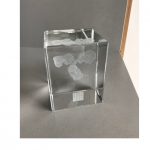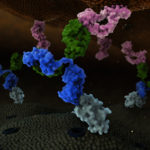 Congratulations to our winners!
Congratulations to our winners!
To recognize the research activities of promising student and postdoctoral attendees of Antibody Engineering & Therapeutics, The Antibody Society sponsors a competition for our student/postdoc members who submit posters for display at the meeting. Our judges select the best work based on originality, relevance and perceived impact on the field of antibody R&D.
This year, our judges selected one student and one postdoc winners who receive: 1) a complimentary registration to attend the conference and pre-conference sessions; 2) an opportunity to give a short oral presentation of their work in one of the conference sessions; and 3) support for travel expenses.
The winners of the contest are:
Timothy Czajka, University of New York at Albany (graduate student winner)
Poster title: RIP-Off: An Intrabody-based Strategy to Neutralize Ricin and other Ribosome-Inactivating Protein (RIP) Toxins
Kamal Joshi, Genentech (Postdoctoral research fellow winner)
Poster title: Toward Deeper Understanding of Bispecific Antibodies
Antibody Engineering & Therapeutics, the annual meeting of The Antibody Society, managed by KNect365, will be held December 10-13, 2019 in San Diego, CA.
Society members receive a 15% discount on the registration fee. Contact us at membership@antibodysociety.org for the code.
Like this post but not a member? Please join!




